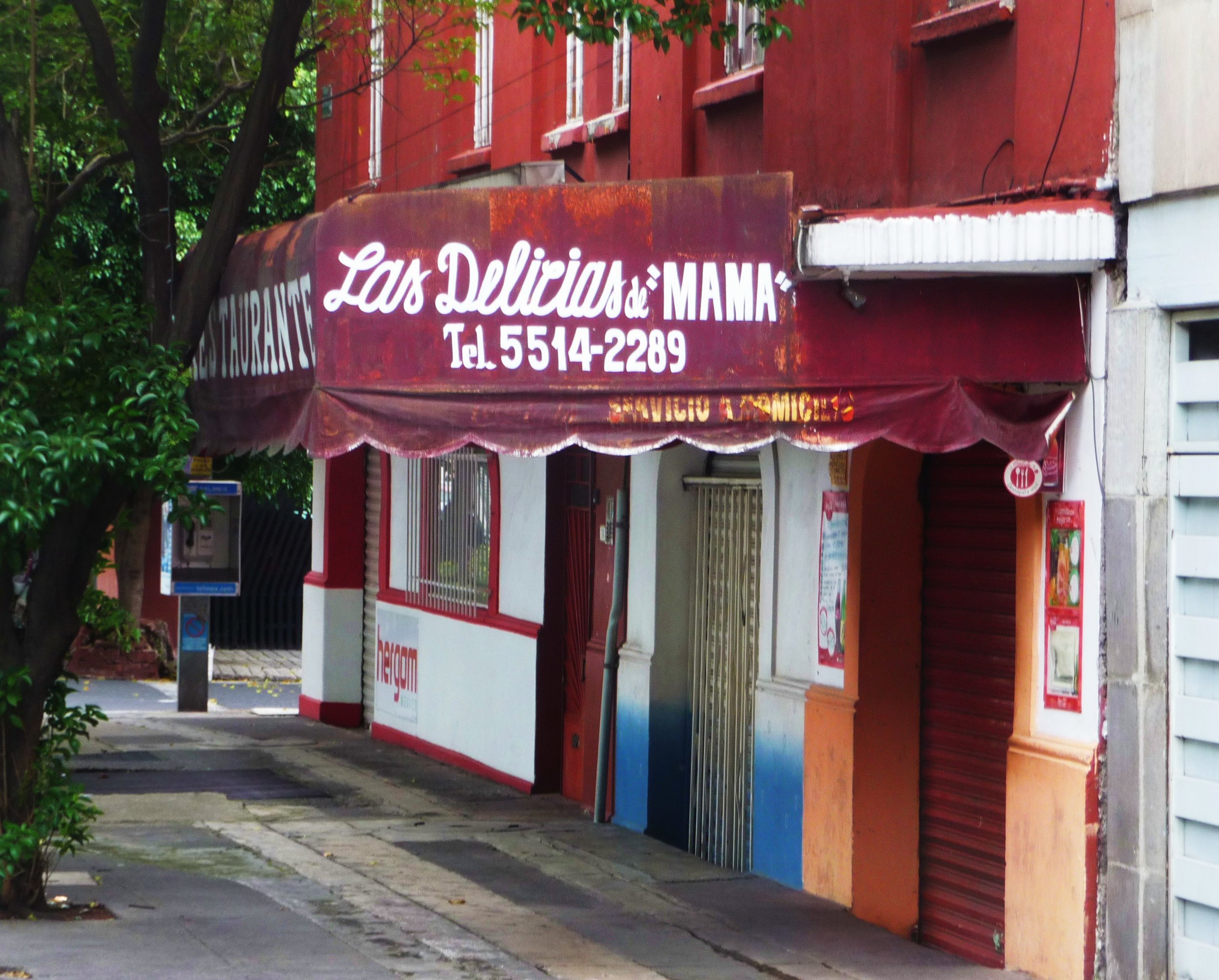 When I was starting out as a reporter, one of the first interviews I ever conducted was with Robert Hughes, who at the time was the art critic for Time magazine. I am paraphrasing the outspoken Australian, but one of the things that he said to me was, "Man, if there's anything about which it's all right to be elitist, it's art."
When I was starting out as a reporter, one of the first interviews I ever conducted was with Robert Hughes, who at the time was the art critic for Time magazine. I am paraphrasing the outspoken Australian, but one of the things that he said to me was, "Man, if there's anything about which it's all right to be elitist, it's art."

I mention this as a warning. This post may expose me as a snob.
A few months ago the new headquarters of the Museo Soumaya, owned by Carlos Slim, the wealthiest man in the world, opened to great fanfare on Boulevard Miguel de Cervantes Saavedra 303 near Polanco. Some lauded Slim because he is charging no admission fees to the museum. I would submit that each time we pay our outrageously priced telephone bills, we can see not only the museum's subsidy but the price of Slim's art collection.
If you have never been to a museum before -- as is perhaps the case with some of Soumaya's more humble visitors -- it is a truly marvelous place. But if you are a regular museumgoer, not only in Paris or New York, but here in Mexico City, the word for the collection is underwhelming.

Slim has amassed a little of everything but nothing much of great interest. There is Mexican art here, from pre-Colombian to twentieth century. But you can see greater works in any number of museums in the city, including el Museo de Antropología, el Museo de Arte Moderno, el Museo Nacional and el Palacio de Bellas Artes.

Slim has also collected inferior works by great artists, and works by inferior artists that are stylistically similar to great ones. For instance, if you have never seen a Van Gogh, one of his least interesting paintings is on display here. If you have never seen a Dali, here's one of the numerous kitschy melting clocks he produced at the end of his life.

Slim perhaps could not afford a Seurat, so he bought a pointillist work by Louis Gaidan. I admit it: I had never heard of him either.

No Matisse odalisques available? How about a nude by also-ran Henri Lebasque, who, according to Wikipedia, was Matisse's friend?

The collection is, above all, inoffensive, and includes more sculptures by Rodin than exist anywhere outside of Paris, several Renoirs, and some examples of what I would call cigar box art.
The subtext of the Museo Soumaya -- what we are are really looking at when we visit, and what is most notable about it -- is that it is a monument to the power of money and a cautionary tale about its limits. If it is an old maxim that money cannot buy happiness, the Soumaya emphasizes that it cannot buy taste, either. What it can buy you is a lot of ... stuff.
That is why the most interesting exhibition hall is the one that exposes the trappings of wealth.

For instance, here is a display of silver spoons -- perhaps the very ones that Slim was born with up his -- never mind.

Here is another of gold coins. Can't you just imagine Carlos genuflecting before them, amassing them in a pile, picking them up and letting them run through his stubby fingers?

How about this: certificates of stock of Carlos's father's original holding company. Talk about fetishism.
The interior of the building is in the form of a spiral -- an homage if you are polite, or a ripoff if you're not, of the Guggenheim Museum in New York.

Here is the exterior. The sign on the left indicates that Slim's neighbors are already complaining.




